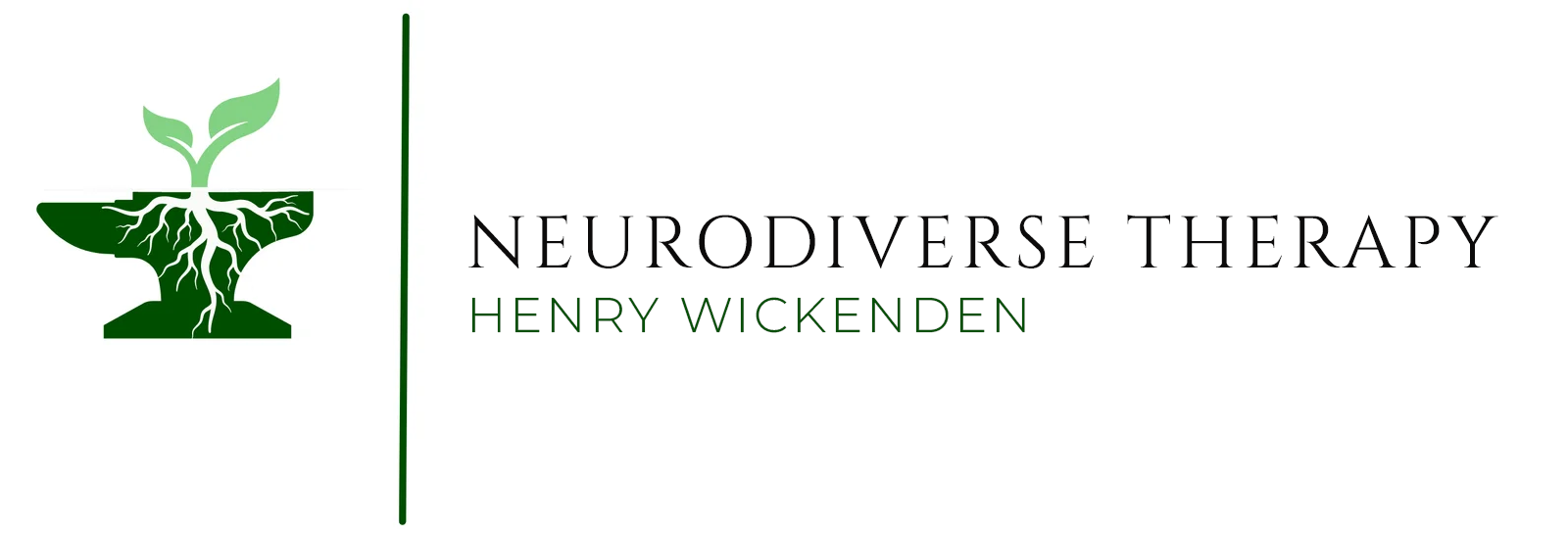Anxiety
Anxiety is the probably the most well-known condition that we attribute to modern difficulties with mental health. Its symptoms include, but aren’t limited to agitation, unease, elevated heart rate, rise in body temperature, an inability to stay still, racing thoughts, being more easily startled and an inability to focus on anything not related to addressing the anxiety.
Rather than treating the existence of anxiety itself as a problem that requires focus, I try to work with my participants to become aware of the source and purpose of their anxieties. Anxieties that we ignore, avoid or dissociate from have a tendency to reoccur.
Very often people with excessive anxiety will develop problems with their sleep, because all the anxieties and conflicts they couldn’t make time to process at the point at which they started flood back to them when their brain is no longer directly occupied something that requires their focussed attention. Because of our busy modern lives, this most commonly occurs as people start to get ready to sleep. Their internal monologue churns, intrusive thoughts fight for attention and the challenging emotions associated with them start to bubble up unbidden.
A lot of anxieties centre around loss of control, where our inability to act upon or foresee a painful outcome led to disaster. One of the primary mechanisms of anxiety is to project these past disasters onto our immediate future, in an attempt to prevent their reoccurrence. The catastrophe we dread the most is often the one that has already happened.
By working with my clients to develop their understanding of their anxieties, we can start to acknowledge and integrate the experiences from which they arise. This allows us to not only curb our fear of anxiety itself, but to embrace it for the vital self-preservatory instinct that none of us would be able to do without.

